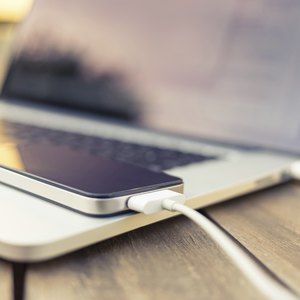
One unnecessary expense on your energy bill may be the appliances dubbed as "energy vampires." These are appliances that still suck electricity from your outlets even when they appear to be turned off or in standby mode. Unplugging these devices will stop the flow of electricity and decrease your electric bill. However, the savings may be minimal compared to other energy-saving tactics.
Benefits of Unplugging
There's some debate about whether or not the electricity used from vampire appliances is significant enough to affect your energy bill. According to some experts, the amount of energy used by these appliances is significant. Energy Star estimates that the average U.S household wastes $100 a year from vampire devices that use power when turned off or in standby mode, and urges consumers to unplug devices whenever possible.
Other Tactics
Other experts aver that the cost-savings from unplugging devices may not be worth the effort. For example, researchers at the Lawrence Berkeley National Laboratory concede that larger and older appliances, like old televisions and ancient phone chargers, may use excess energy when plugged in. However, other energy-saving strategies such as switching out light-bulbs for energy-efficient versions or increasing home insulation may make more of an impact on a consumer's energy bill.
Finding Vampire Appliances and Energy Hogs
Consumers don't have to guess which devices are running up their energy bills. Customers that have wireless, "smart" meters are often able to download detailed, hour-by-hour breakdowns of energy usage that can help them identify the energy hogs in their homes. For example, if you notice a huge spike at 8 a.m. when you make your morning brew, it's possible that your coffee maker isn't super efficient. Consumers can also invest in hand-held energy monitors that plug into appliances and display wattage use rates.
Combating Energy Vampires
The most intuitive way to combat vampire appliances is to unplug devices that aren't in use. However, it can be tedious to snoop around the house on a daily basis and unplug dozens of devices. To make the process easier, purchase flip switches or power strips to switch off multiple appliances at once. When purchasing new devices, look for energy efficient models that are optimized for savings. Change the power management settings on computers and monitors so that devices go straight to power savings mode when they're not in use.
References
Writer Bio
Based in San Diego, Calif., Madison Garcia is a writer specializing in business topics. Garcia received her Master of Science in accountancy from San Diego State University.

